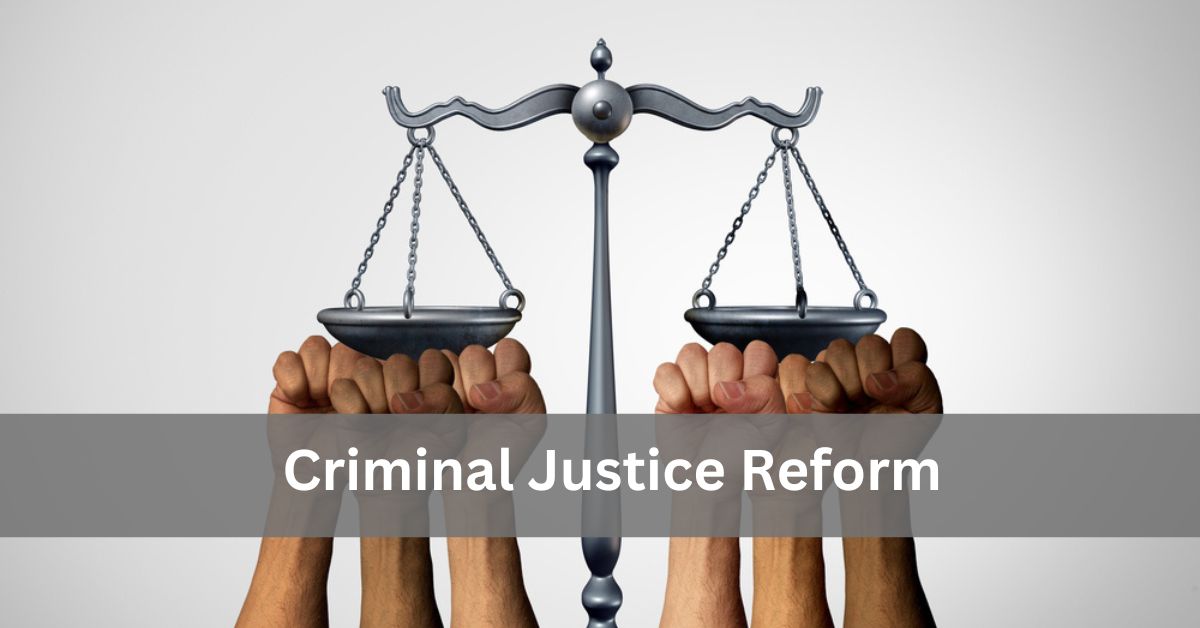Criminal justice reform has become a significant topic of discussion and action in recent years, driven by growing awareness of systemic inequalities and inefficiencies within the justice system. Efforts to reform criminal justice aim to create a fairer, more effective system that balances public safety with the rights of individuals. This article explores key trends and challenges in criminal justice reform, highlighting the progress made and the obstacles that remain.
Overcrowding and Prison Reform
One of the most pressing issues in criminal justice reform is the overcrowding of prisons. Many correctional facilities operate well beyond their capacity, leading to inhumane conditions and overburdened staff. Reform efforts focus on reducing the prison population through alternative sentencing, such as probation, parole, and community service. These alternatives not only alleviate overcrowding but also provide more constructive rehabilitation opportunities for offenders.
Sentencing Reform
Sentencing reform is another critical area of focus. Mandatory minimum sentences, particularly for non-violent drug offenses, have contributed significantly to mass incarceration. These policies often disproportionately affect minority communities. Efforts to reform sentencing laws aim to provide judges with greater discretion to tailor punishments to the specifics of each case, promoting fairness and reducing the prison population.
Racial Disparities
Racial disparities in the criminal justice system are well-documented, with minority groups, especially African Americans and Hispanics, facing higher rates of arrest, conviction, and harsher sentences. Addressing these disparities requires comprehensive reforms, including bias training for law enforcement, prosecutors, and judges. Additionally, policies that disproportionately impact minority communities need to be reassessed and revised to ensure equal treatment under the law.
Police Reform
Police reform has gained significant attention, particularly in the wake of high-profile incidents of police brutality. Reforms include implementing body cameras, revising use-of-force policies, and increasing transparency and accountability through civilian oversight boards. Improving community-police relations is also crucial, as it builds trust and cooperation between law enforcement and the communities they serve.
Juvenile Justice
Reforming the juvenile justice system is essential for providing young offenders with opportunities for rehabilitation and reintegration into society. Current trends emphasize diversion programs that steer juveniles away from the formal justice system and towards counseling, education, and community service. These programs aim to address the root causes of delinquent behavior and reduce recidivism among young offenders.
Mental Health and Substance Abuse
A significant portion of the incarcerated population suffers from mental health issues or substance abuse disorders. Criminal justice reform efforts increasingly recognize the need for specialized treatment and support rather than incarceration. Drug courts and mental health courts are examples of initiatives that provide offenders with access to treatment programs, aiming to reduce reoffending and improve overall outcomes.
Bail Reform
The cash bail system has come under scrutiny for perpetuating inequality, as it often results in the pretrial detention of individuals who cannot afford bail, regardless of their risk level or the severity of their alleged offense. Bail reform efforts seek to implement risk assessment tools that evaluate an individual’s likelihood of reoffending or failing to appear in court. By focusing on these factors rather than financial capacity, the goal is to ensure that pretrial detention is used sparingly and fairly.
Restorative Justice
Restorative justice practices emphasize repairing the harm caused by criminal behavior through reconciliation between the victim and the offender. These practices include victim-offender mediation, community service, and restitution. Restorative justice aims to provide closure and healing for victims while promoting accountability and rehabilitation for offenders. It represents a shift from punitive measures to more holistic approaches to justice.
Technology and Criminal Justice
Advancements in technology offer new tools for criminal justice reform. Data analytics can help identify patterns of bias and inefficiency within the system, informing targeted reforms. Technology also enhances transparency and accountability through tools such as body cameras and digital record-keeping. Additionally, online platforms can facilitate access to legal resources and support for individuals navigating the justice system.
Challenges and Resistance
Despite the progress made, criminal justice reform faces significant challenges and resistance. Political and public opinion can be divided, with some advocating for tough-on-crime policies while others push for reform. Financial constraints also pose a barrier, as implementing reforms and maintaining alternative programs can be costly. Furthermore, entrenched systems and practices are often resistant to change, requiring persistent advocacy and education to overcome.
Conclusion
Criminal justice reform is a complex and multifaceted endeavor that seeks to address systemic issues and promote fairness, efficiency, and humanity within the justice system. By tackling issues such as prison overcrowding, sentencing disparities, racial bias, and the treatment of mental health and substance abuse, reform efforts aim to create a more equitable system. While challenges remain, continued advocacy, technological advancements, and a commitment to justice and fairness can drive meaningful change. As society progresses, the pursuit of a just and effective criminal justice system remains a critical goal.

























+ There are no comments
Add yours